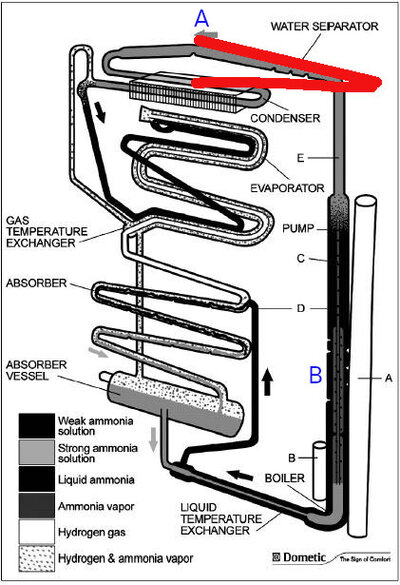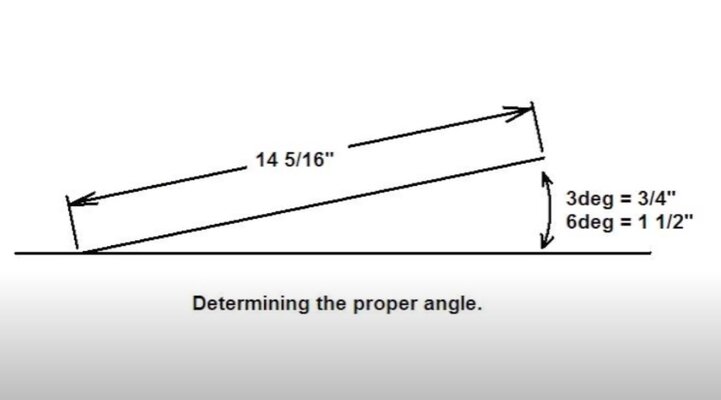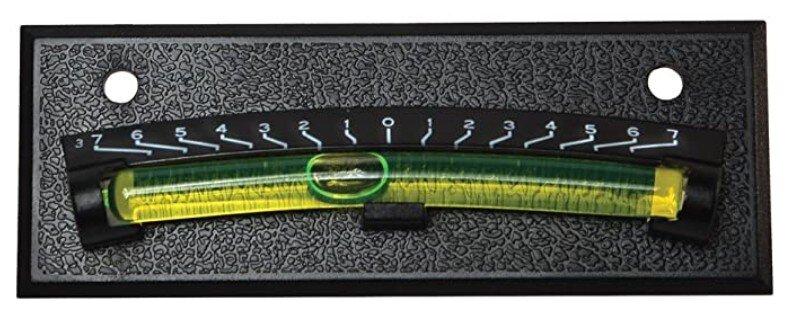JayArr
Well-known member
I don't know Don, your article with the 3 degrees was good but it didn't mention what the specs were years ago only that it was more lenient today.
I checked the manual that comes with the Dometic RM2510 fridge and here's what it says.
It doesn't give any numbers so I don't know how to make a conclusion. If we conclude that comfortable to live in is within 3 degrees off level then nothing has changed in the last 30 years. If we assume that the new ones are better then Dometic must have thought 4 or more degrees off level was unnoticeable and comfortable.
Tough to call.
EDIT: The other quirk is that I have now rebuilt my refrigerator with a new cooling unit from the Amish, I don't know if it's more or less tempermental than the OEM of 1992 or 2021.
I checked the manual that comes with the Dometic RM2510 fridge and here's what it says.
LEVELING
Refrigerators have a type of cooling unit that utilizes an enclosed pump tube surrounded by a solution to protect the
assembly. To ensure proper leveling with these models, the vehicle needs to be leveled so it is comfortable to live in.
(No noticeable sloping of floor or walls). When the vehicle is moving, leveling is not critical as the rolling and pitching
movement of the vehicle will pass to either side of level, keeping the refrigerant from accumulating in the piping.
It doesn't give any numbers so I don't know how to make a conclusion. If we conclude that comfortable to live in is within 3 degrees off level then nothing has changed in the last 30 years. If we assume that the new ones are better then Dometic must have thought 4 or more degrees off level was unnoticeable and comfortable.
Tough to call.
EDIT: The other quirk is that I have now rebuilt my refrigerator with a new cooling unit from the Amish, I don't know if it's more or less tempermental than the OEM of 1992 or 2021.



